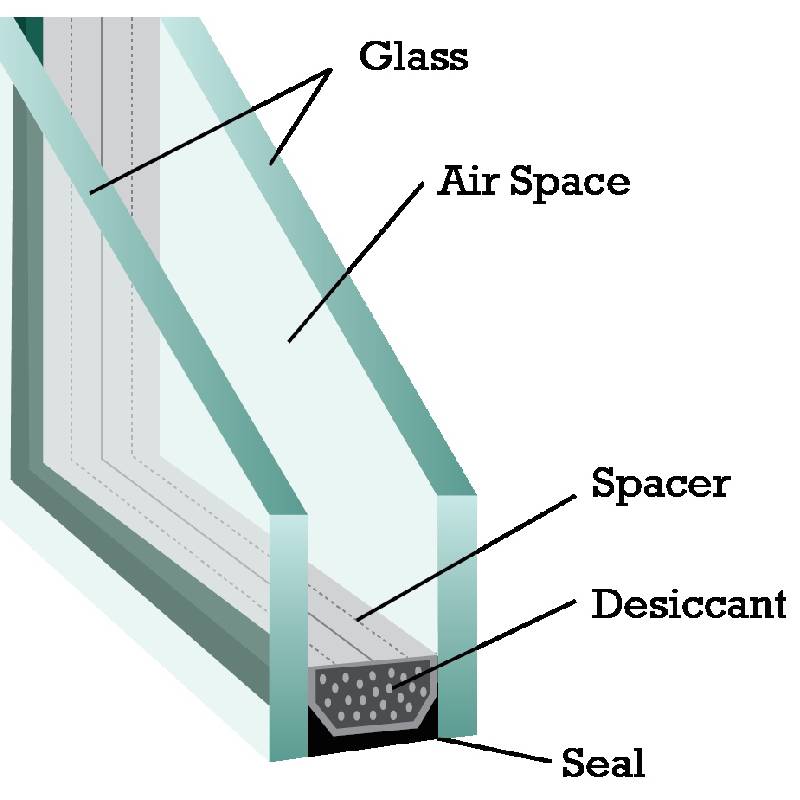

The Allure of Mirror Float Glass Reflections of Elegance and Utility
In the realm of modern architecture and interior design, few materials are as versatile and visually striking as mirror float glass. This innovative product combines the classic elegance of mirrors with the practicality of float glass, making it an ideal choice for a range of applications. Whether it’s for enhancing the aesthetic appeal of a space or creating functional designs that maximize light, mirror float glass has become a staple in contemporary design.
At its core, mirror float glass is made by applying a reflective coating to a piece of float glass. The float glass itself is produced through a process where molten glass is poured onto a surface of molten tin, allowing it to spread and form a smooth, flat sheet. This method not only provides the glass with exceptional clarity but also ensures a uniform thickness. When a reflective layer is added, it transforms the glass into a mirror, capable of producing sharp and clear reflections.
One of the most significant benefits of mirror float glass is its ability to create the illusion of space
. In smaller rooms or cramped areas, strategically placing mirror glass can reflect both natural and artificial light, making the environment feel more expansive and inviting. This effect is particularly appreciated in modern homes, where minimalism is often paired with the desire for open, airy spaces. Designers utilize this property not only in residential spaces but also in commercial settings where ambiance and perceptions of space are crucial to customer experiences.
Aesthetically, mirror float glass brings a contemporary flair to various design styles. From sleek and modern to rustic and traditional, its reflective surface can harmonize with any decor. In bedrooms, for example, mirrored wardrobes or headboards can create focal points that enhance the overall design scheme. In living rooms, large mirrors can act as statement pieces, reflecting artwork and decorations while also contributing to a cohesive look.
Moreover, mirror float glass is not just limited to functional uses; it has also become a popular element in artistic creations. Artists and designers are using mirrored surfaces to explore themes of reflection and perception, creating installations that challenge viewers’ understanding of space and reality. This artistic application shows that mirror float glass transcends mere utility, becoming a medium for expression and creativity.
In the realm of innovation, advancements in technology have allowed for the production of more sustainable mirror float glass. Eco-friendly coatings and manufacturing processes are being developed to reduce environmental impact, making it easier for designers and consumers to choose sustainable options without sacrificing quality or aesthetics. This trend towards sustainability reflects a broader movement in the design industry, where ecological considerations are increasingly prioritized.
In conclusion, mirror float glass stands out as a remarkable material that bridges elegance and utility. Its unique properties allow it to enhance the visual appeal of spaces while providing practical benefits in terms of light utilization and space perception. As architectural and design trends continue to evolve, mirror float glass will undoubtedly remain a favored choice, showcasing the perfect reflection of style and sophistication. Whether used in a chic urban apartment or an expansive commercial space, its ability to transform environments ensures that it will stay in vogue for years to come.